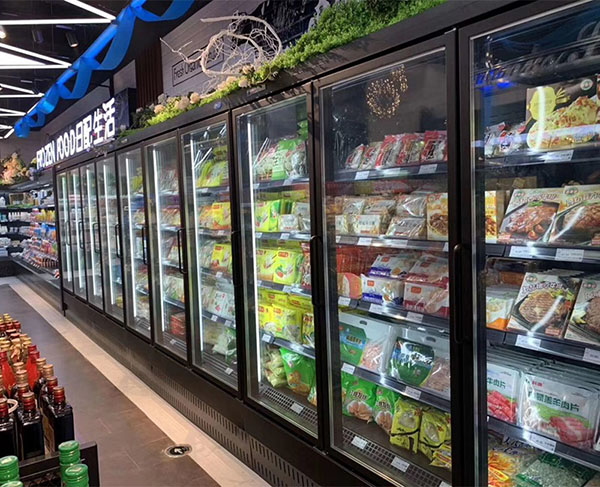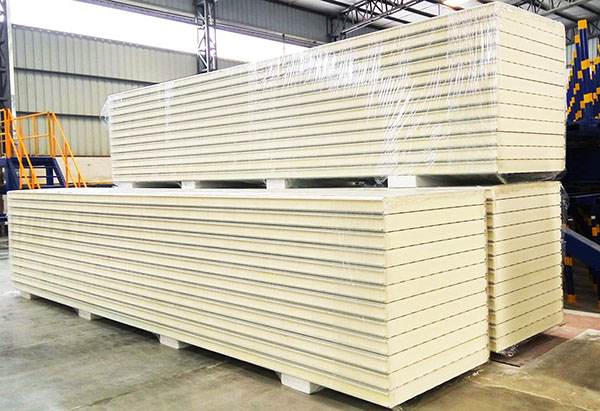


WE BUILD
A COOL WORLD

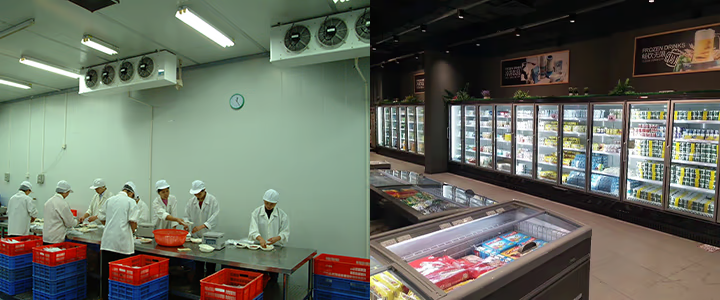

INNOVATION
IN REFRIGERATION

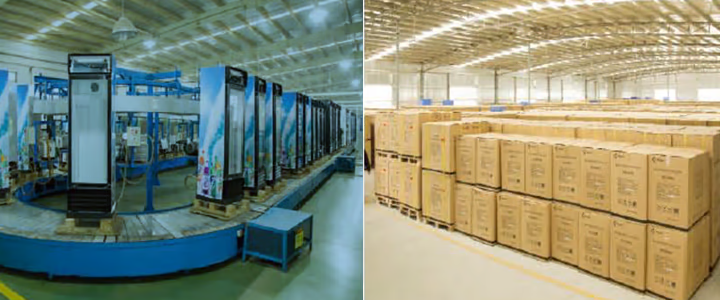

NEVER COMPROMISE
ON QUALITY
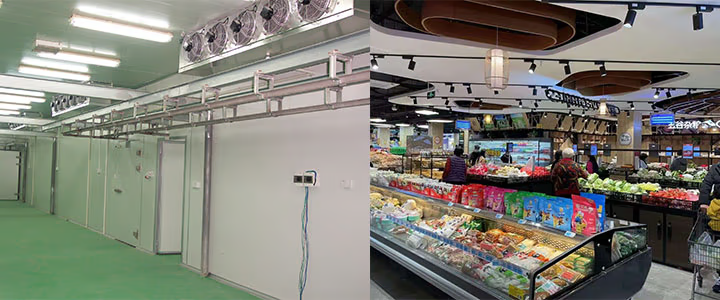

WE ACCOMPANY
CUSTOMERS' BUSINESS GROWTH
In 2020, cold chain logistics industry in China is on the threshold of the Chinese government's unprecedented policy support and development opportunities. The government's cold chain industry regulation rules have been intensively issued. The market volume of cold chain logistics in China reached 378 billion yuan in 2019, and is estimated to reach 485 billion yuan in 2020.
It will be the golden period for investment in cold chain logistics in China from this year to 2022.
The pandemic of COVID-19 has forced the government to consider strenthening its policy on prohibitting the transaction of wild animals and reducing the live poultry market which was imposed after the outbreak of SARS in 2002 and lately loosened after the fade of SARS. Although the cause of COVID-19 is still under investigation, but the government has realized more clearly the threats of viruses from wild animals andd poultries, and has decided to impose more restrictions on live poultry market.
While restricting the live poultry market, the government has also been accelerating the development of cold chain logistics of refrigerated meat, poultry, vegetables and fruits. Since 2020, the government has issued a number of policies and rules on the the development objectives, development path and system construction of cold chain logistics, such as "The Guidance for Internet+ and Agricultural Products Coming Out of Villages to Cities", "Notice on the Construction of the First Lot of National Core Cold Chain Logistics Bases", "Notice on the Strengthening of Quality and Safety Management of Refrigerated and Frozen Foods", "Suggestions on Accelerating the Construction of Cold Chain Facilities for Agricultural Products Storage and Preservation", "Suggestions on Further Optimizing the Development Environment and Promoting the Marketing of Fresh Agricultural Products". These measures will boost the cold chain logistrics industry in the coming years.
The present domestic cold chain in China is fragmented. Some cold chain enterprises only serve a certain region, some cold chain enterprises may serve the trunk line and long-distance transportation of a certain cold chain, and some only serve the distribution of a certain city. The whole nation still lacks of a cold chain storage system in agricultural producing areas. With the intensive investment on the cold chain facilities, once the cold chain storage system of the origin section is completed and a complete national cold chain storage production network is formed, it will be the turn of the back-end cold chain transportation and sales market integration, and the back-end integration speed will be easier and faster.
At present, there are 42000 enterprises related to "cold chain" business in China, and the registration volume of the whole industry has doubled in the previous two years. In the second quarter of 2020, the number of cold chain logistics enterprises in China reached 3656. However, in cold chain logistics, there is the problem that the enterprises are small, scattered and disorderly. The fragmented market condition forces cold chain enterprises to focus on a certain section. Some companies specialize in flower transportation and refrigeration, some specialize in beef distribution, some specialize in pharmaceutical distribution, some specialize in central kitchen, some specialize in cross-border e-commerce, and some specialize in urban distribution, with accurate positioning, which can avoid detours.
On the other hand, cold chain logistics needs professional cold storage and refrigerated vehicles, which is much more investment than ordinary logistics, and so cold chain enterprises need to have strong capital. This causes the present situation of lacking cold chain facilities, but also sets up the competition barrier. In recent years, more and more state-owned enterprises, such as Yuexiu Group, Guanghong Holdings, China Merchants Group, Bright Light Dairy, China Railway, China Communications Construction Company, China International Marine Containers, have actively participated in the cold chain market, and become emerging new players in the marketand other state-owned cold chain logistics enterprises.
China's cold chain logistics system is under-developed, the informatization system and automation system is yet to be developed. These shortcomings need to be supplemented urgently. Private enterprise giants such as Wanwei Cold Chain, Jingdong Cold Chain, Suning Cold Chain, Shunfeng Fresh Life Cold Chain, Alibaba's Hema Supermarket are investing a lot into the cold chain industry in the urgent need of upgrading, innovation and standardization.
Cold chain facilities involve 3 sectors: the upstream sector of large cold storage warehouse, the midsrream sector of refrigerated transporation and the downstream sector of retail walk-in cold room, supermarket refrigerator and freezer, convenience store display cooler and display freezer, ice makers etc.
In 2018, the market scale of China's refrigeration equipment reached 187.3 billion yuan, including 135.7 billion yuan for household refrigeration equipment, accounting for 72% of the total scale of domestic refrigeration equipment, and 51.6 billion yuan of commercial refrigeration equipment market, accounting for 28%. With the increasing investment in cold chain logistics, there will be a substantial demand increase on the commercial refrigeration equipment. This will be a great opportunity to Chinese commercial refrigeration equipment suppliers like cold storage manufacturer, cold room panel manufacturer, supermarket refrigerator producer, display cooler & freezer factory etc.
The increase of cold chain logistics is making a continuous transfer of refrigeration equipment to the commercial refrigeration Till 2018, China's cold storage capacity reached 43.07 million tons, an increase of 19.3% over the same period in 2017, and the number of refrigerated trucks reached 95000, an increase of 27.3% over the same period in 2017. In 2018, the sales of retail distribution commercial refrigeration equipment in China reached 11.98 million units, with a year-on-year increase of 14.5%. With the continuous increase of cold chain facility demand and the market expansion of fresh e-commerce, the pace of cold storage construction in China is expected to continue to accelerate.
